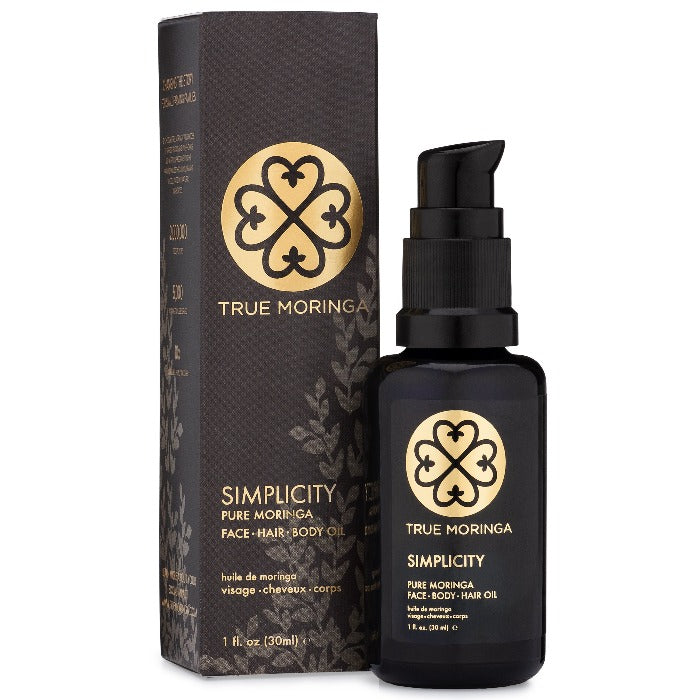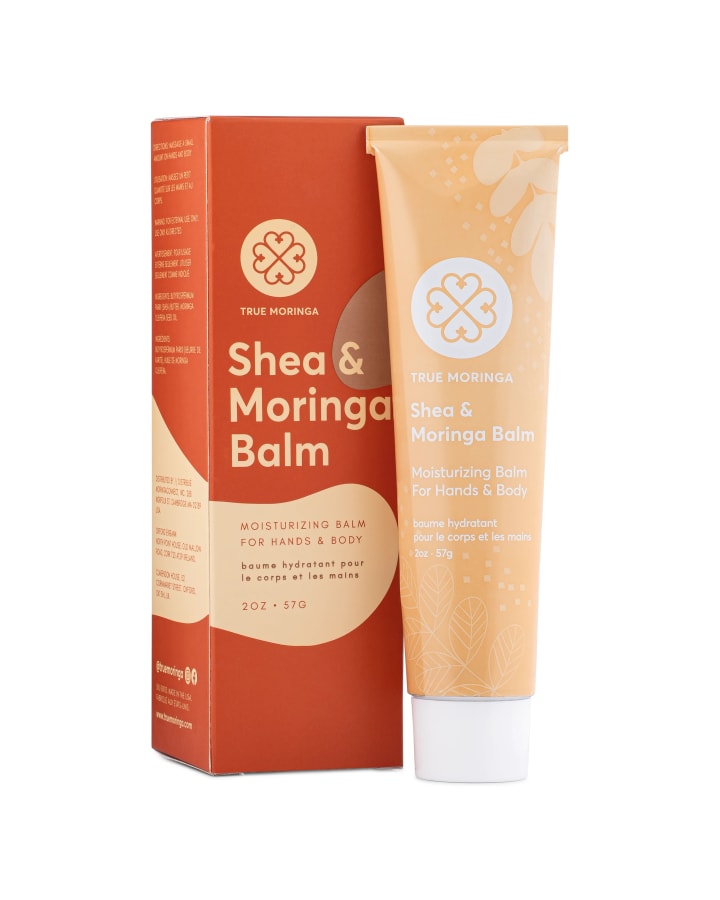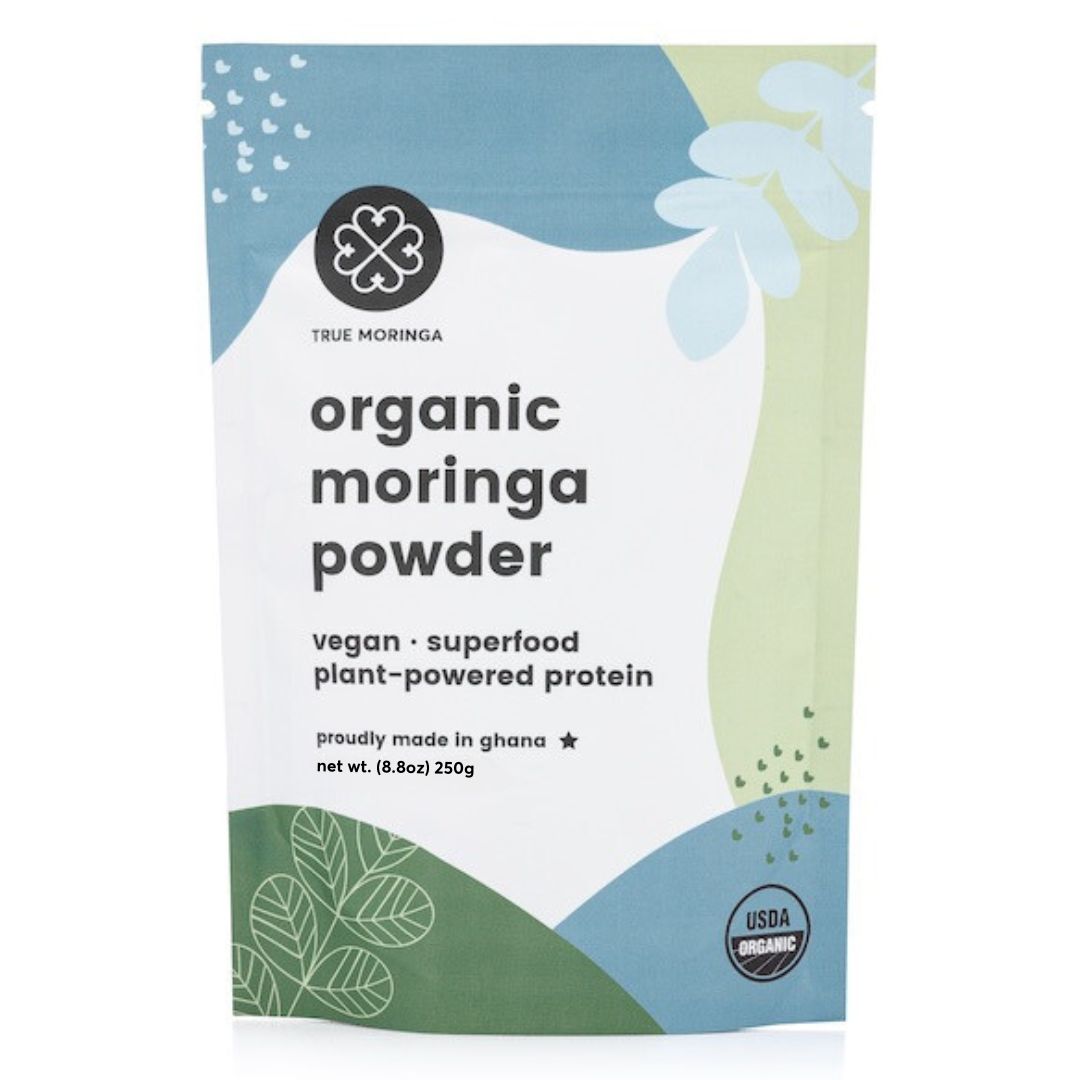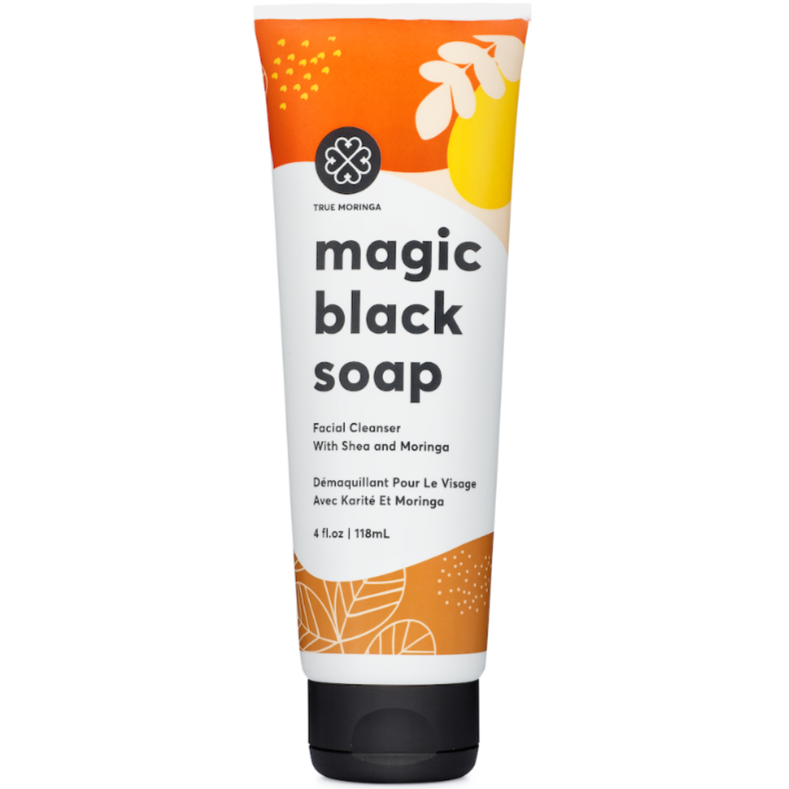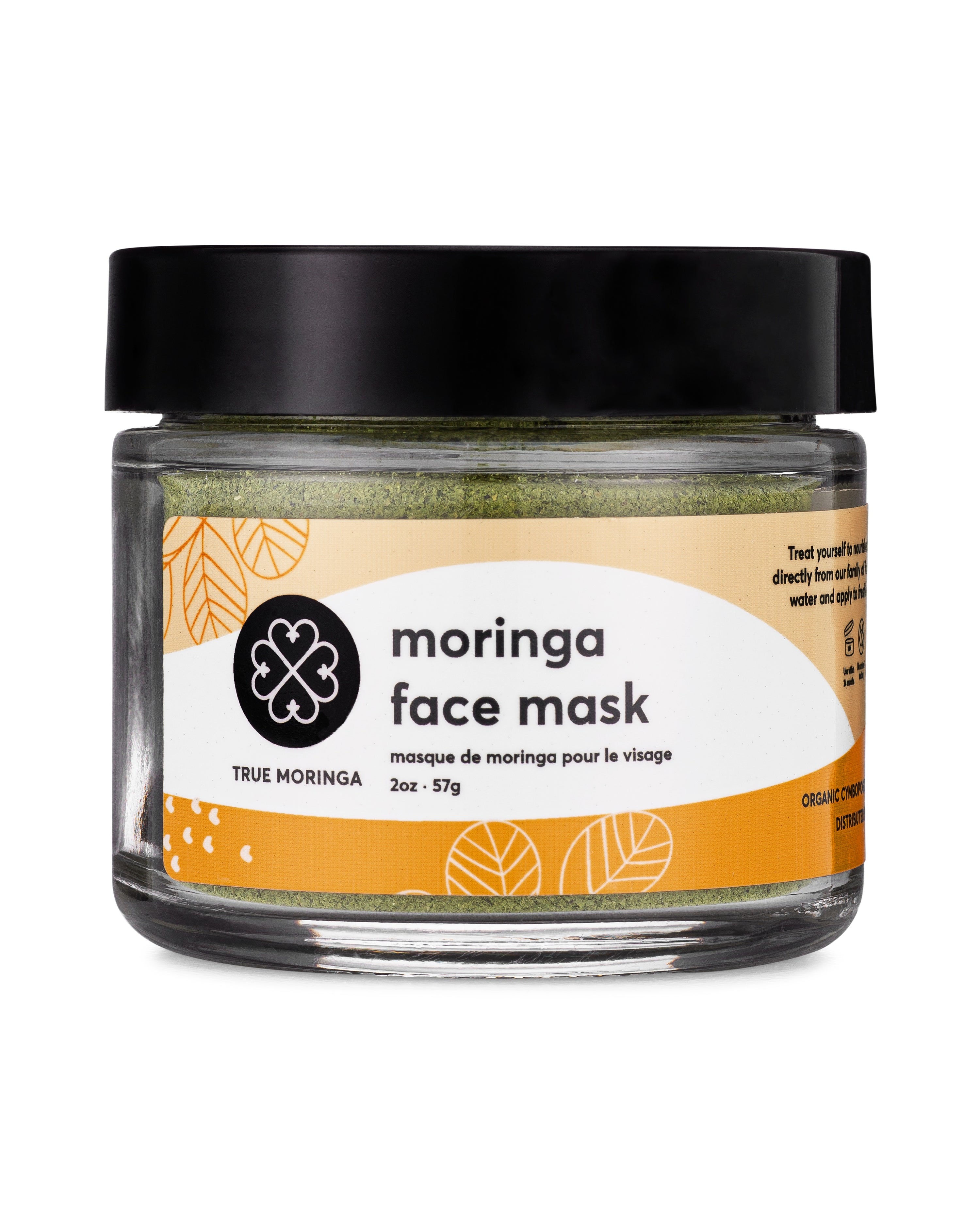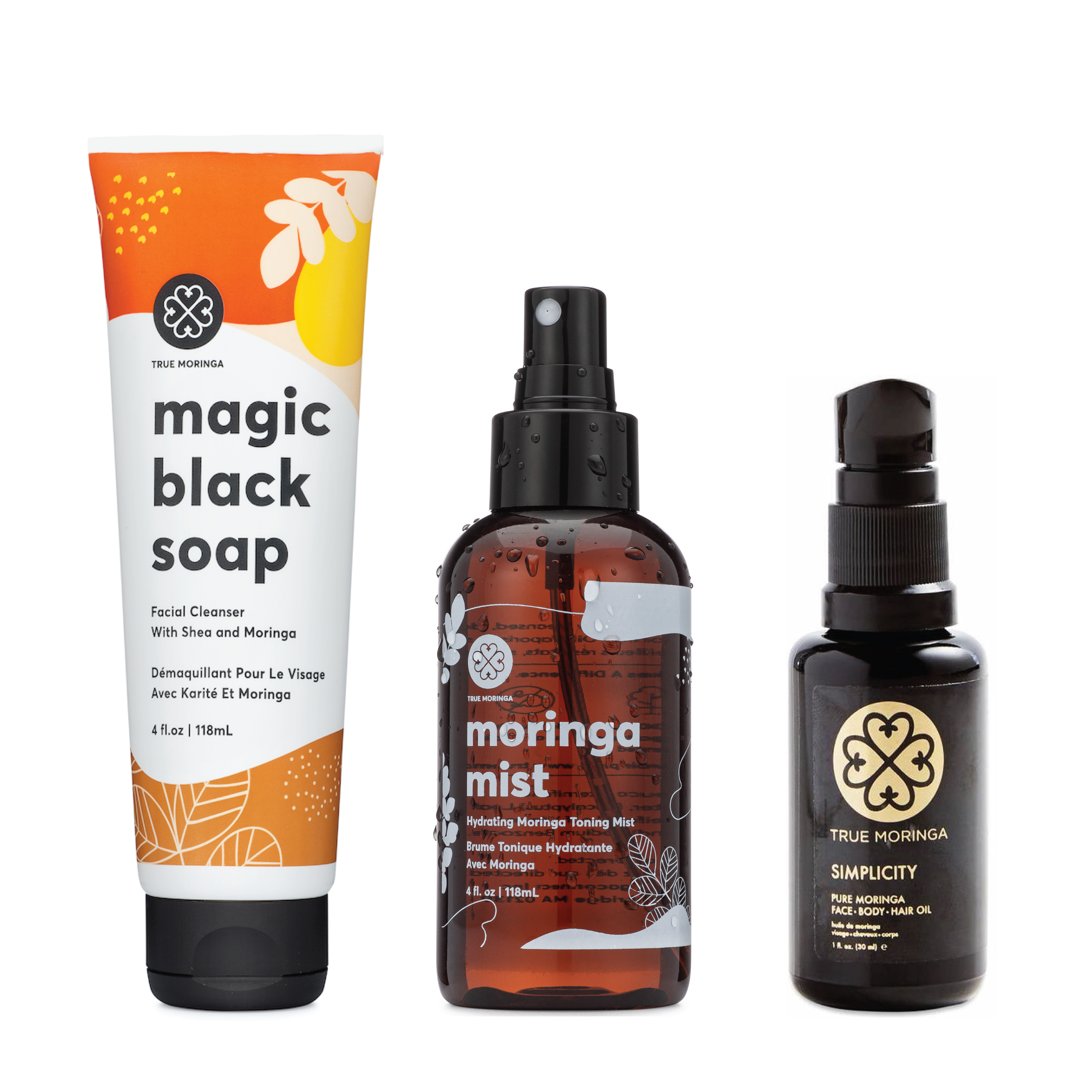


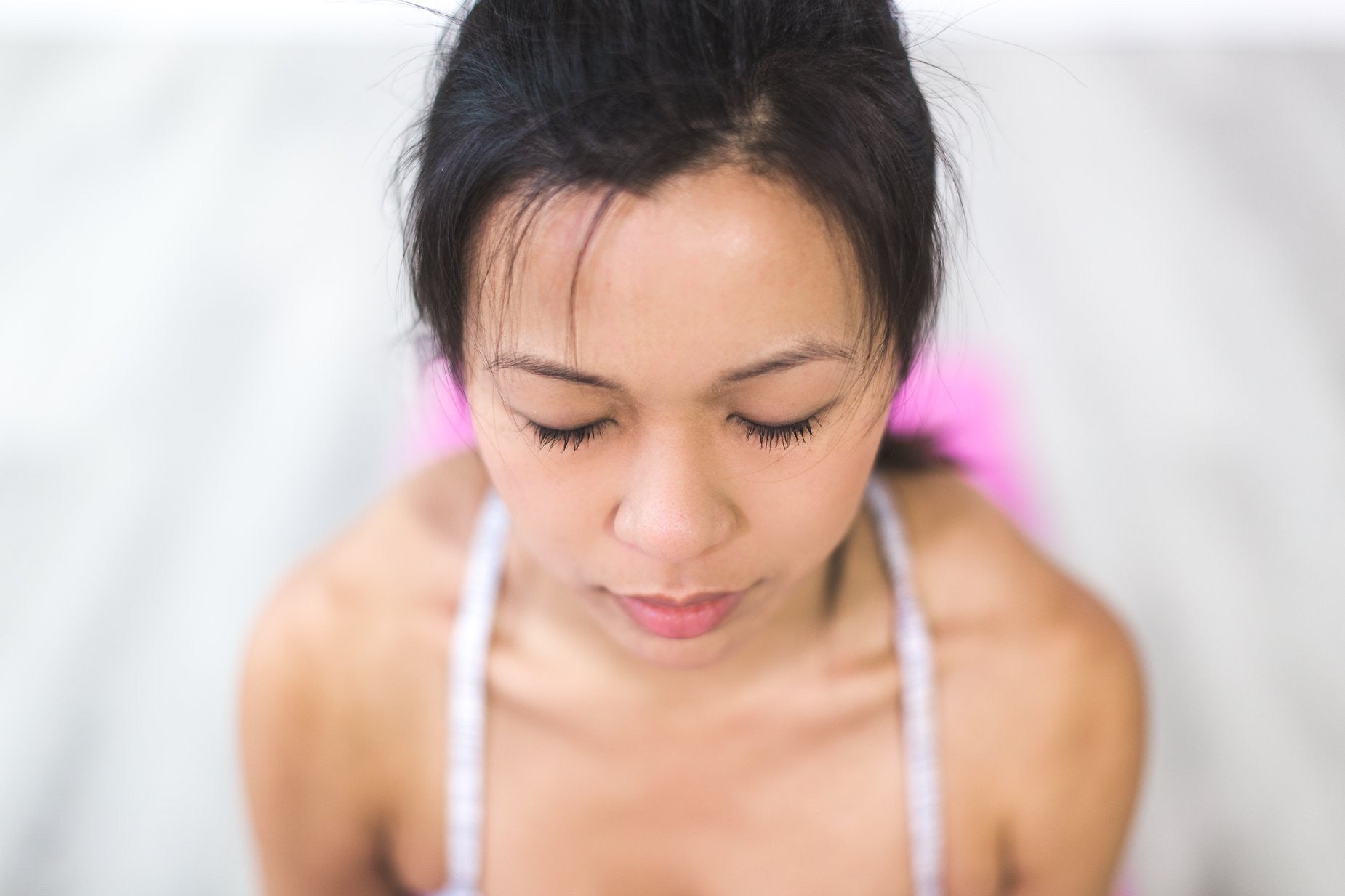
How are Age Spots formed (and what moringa oil can do about them)?
It looks like summer is finally here to stay, and with all the good that goes along with longer sunnier days comes eek - age spots.
Contrary to popular belief, age spots are not caused by aging. In fact, age spots, also known as “solar lentigines”, are well-defined, uniformly colored, flat spots on the skin. These spots usually appear on sun-exposed areas of the skin. There are many different names for age spots including liver spots, senile lentigo, solar lentigines and sun spots.
As an overview, over time, age spots occur as a result of prolonged sun-exposure. Melanin pigment is a naturals occurring pigment in the skin that helps to absorb sunlight and is the body’s protection from harmful ultra violet sun rays. Like most processes in the body, aging decreases the skins natural ability to fight the damage from UV rays and as a result, age spots will begin to form.
The surface layer of the skin is known as the epidermis and contains various amounts of melanocyte cells. Though most of the epidermis is comprised of dead skin cells and keratin, to protect against the environment, about one-tenth to one-twentieth of the epidermis is made up of melanocytes cells which are located in the bottom later of the epidermis. Melanocyte cells are the body’s way of producing melanin pigment to combat ultra violet damage from the sun to the skin. Once synthesized, melanin is contained in a special organelle known as the melanosome and is moved along arm-like structures, known as dendrites, through the epidermis layer to the most surface layer of the epidermis. Over time, the sun damages the melanocyte cells. The damage of these cells prevents melanin from being produced in response to sun-exposure and no longer protects the skin against sun damage. When people with a lower melanin count in their skin are exposed to UV rays, abnormal melanin pigment production can occur resulting in the formation of age spots.
So how do you prevent these pesky age spots? Though it is hard to change the skin’s ability to combat the effects of the sun, there are ways to minimize the degree at which the sun damages the skin. The most obvious way to prevent the formation of age spots is to wear sunscreen or other forms of sun protection while being outdoors or exposed to sun rays. The two main rays emitted from the sun are UVA and UVB rays. UVB rays are responsible for sunburns if the skin is exposed for too long while UVA rays are responsible for skin damage and aging. It is important that the sunscreen you apply protects from both rays. Wearing protective clothing such as hats and long sleeves can protect the body from the harmful sun rays as well.
Here's where moringa oil comes in: once you've made your best efforts to protect yourself from the sun, maintaining healthy, nourished skin can help combat the emergence of age spots. Oils like moringa are high in antioxidant content, which provides the skin with the nutrients it needs and can also repair sun damage. Moringa oil also has high anti-inflammatory properties which helps to soothe the skin and allow for healthy skin growth. Combining sun protection with moringa oil is the best way to fight and prevent age spots.
Age spots are not dangerous and do not cause pain to the body. Of course, anytime you notice significant or questionable change in your skin, you should visit a dermatologist or other medical professional.
Try our Simplicity Moringa Oil for Face Hair and Body and our Balancing Toner mist with aloe to add for soothing and rejuvenating skin after a day of sun.

